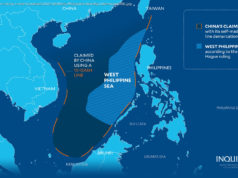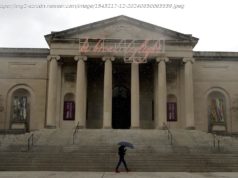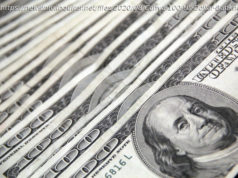Early black actors, singers and vaudevillians were forced to don blackface as well if they wished to perform for more lucrative white audiences.
A racist photo from a 1984 yearbook threatens to end Virginia Gov. Ralph Northam’s political career. The photo shows two people: one in blackface and one wearing a Ku Klux Klan hood and robe. The image generated intense pressure for Northam to resign. Virginia Attorney General Mark Herring also has admitted that he, too, once wore blackface in the 1980s, offering the latest example of a prominent white person facing harsh criticism for wearing blackface.
Here’s a look at the practice and history of blackface:
Blackface minstrelsy is considered by some to be the first uniquely American form of entertainment.
White men would darken their faces to create caricatures of black people, including large mouths, lips and eyes, woolly hair and coal-black skin. The performances would stereotype black men and women as ignorant, hypersexual, superstitious, lazy people who were prone to thievery and cowardice.
The practice took hold in New York City in the 1830s and became immensely popular among post-Civil War whites. In fact, the Jim Crow laws that enforced racial segregation in the South took their name from a character played by blackface performer Thomas Dartmouth Rice. He said his act “Jump, Jim Crow” (or “Jumping Jim Crow”) was inspired by a slave he saw.
Blackface performances were condemned as offensive from the beginning.
In 1848, after watching a blackface act, abolitionist Fredrick Douglass called the performers “the filthy scum of white society” in The North Star newspaper.
Blackface performers, he said, “have stolen from us a complexion denied to them by nature… to make money and pander to the corrupt taste of their white fellow-citizens.
Start
United States
USA — Art Blackface, explained: Why Ralph Northam, Mark Herring darkened their faces






